BAM. Century building or buried billions?
BAM. An abbreviation of three letters, familiar to almost every resident of our country who was born in the USSR. These three letters contained a huge time gap. stories of our state, billions of rubles spent, hundreds of thousands of fates of our compatriots who are inextricably intertwined with the construction of the Baikal-Amur Railway. The importance of this railway for the country, the profitability of the project and the need to build a highway continue to be debated in the XNUMXst century.
Regardless of the existing points of view about this construction site, it is necessary to remember that BAM is a grandiose phenomenon not only in Russian, but also in world history. This is objectively dictated by a variety of factors. The most obvious of which is distance. The length of the railway is huge, more than four thousand kilometers, most of the way passes through impassable and uninhabited areas that are hostile to humans, this is truly wild. From here a second image arises - geographical-romantic. It is enough to imagine all these amazing landscapes from Lake Baikal to the Amur River and the ports of the Pacific Ocean for a total of 4287 kilometers.
Grandiose this construction and the cost of work. Experts note that BAM is the most expensive construction site during the existence of the USSR. The project cost is estimated at 17 billion 700 million rubles in 1991 prices. Another factor in the grandeur of construction is the number of people of different nationalities involved in the work. The Baikal-Amur Railway is a truly all-Union construction project, people of 70 nationalities took part in the construction of the highway, and in all, up to two million people worked here in different years.
BAM. The beginning of the story
Many believe that BAM is exclusively a Soviet project, related mainly to the era of stagnation of Leonid Ilyich Brezhnev, imagining first of all Komsomol volunteers who willingly pose against the amazing beauty of taiga landscapes. However, the idea of building a railway in these places arose long before the construction teams appeared here and not even at the dawn of the birth of Soviet power in the 1920s. The first talk about the construction of a railway in these remote places dates back to the end of the 1887th century. The first ideas about building a railway in the area of Lake Baikal date back to XNUMX. According to the initial plans, the Trans-Siberian Railway was supposed to go through the places where BAM was eventually built.
Then two construction options were considered - the northern and southern routes. The southern route was much simpler, and the option of building a railway here is the most compelling. A well-known Russian engineer Orest Polyenovich Vyazemsky spoke for this option. Despite this, the northern option for the construction of a railway to the Pacific Ocean was also considered back in the XNUMXth century. In the places where BAM was built today, two expeditions were led by prospectors Ludwig Ivanovich Prokhaski and Nikolai Afanasevich Voloshinov. Researchers are faced with harsh climatic conditions and difficult terrain. According to their reports, the area here was unsuitable not only for the construction of the railway, but also for the future life of people here.
In the reports, the researchers who passed through the places of the future construction of the Baikal-Amur Railway noted that the road would have passed in areas “north of the line of successful cultivation”, they separately emphasized the fact that these lands cannot be considered as a reserve of land for settlement. All this will be confirmed in the future. Today, many towns and cities along the highway are emptying, people are massively leaving these places, in more suitable for living areas of our vast Motherland. But at the end of the XNUMXth century it was extremely difficult to even carry out prospecting work here. In fact, a real breakthrough here was achieved only with development aviation and the launch of satellites, which helped to carry out all the necessary research (aerial photography and space imagery of the area), this territory was so difficult for moving around the earth. Already at the end of the XNUMXth century, the decision to build a railway here was postponed, since the project was recognized as unrealizable in every sense and very expensive.
The construction of the Trans-Siberian Railway moved south. At the same time, arguments already sounded in the 500th century, which will often be encountered in the future. In particular, it was already noted then that the passage of the Trans-Siberian Railway along the current Bam route to the Amur River will be significantly shorter, by about XNUMX versts. Another argument for the construction of a road in inaccessible terrain was the strategic distance from the border with China. In the XNUMXst century, this argument only gained weight along with the multiple growth of the military-technical potential of our main eastern neighbor.
The first Soviet projects of BAM. Prisoner labor
In the late 1920s, they returned to the idea of construction. In 1928, the presentation of the next version of the fantastic project of the Great Northern Railway Track was held, which was supposed to pierce the country from Murmansk to the Tatar Strait through Kotlas, Surgut, Yeniseisk. The author of the project was Alexander Alekseevich Borisov. The project was already recognized as impossible to implement due to the enormous labor and cost of work. At the same time, an alternative was adopted as a development of the Northern Sea Route (NSR).
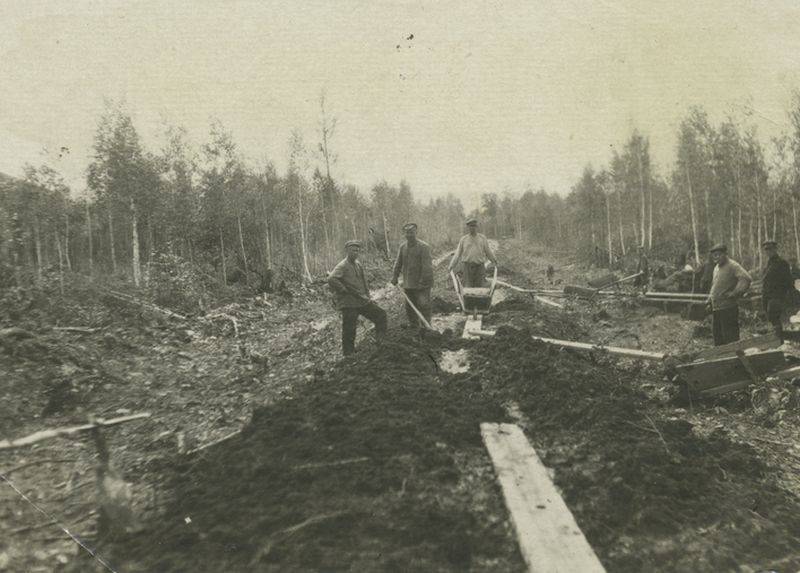
Over time, only BAM itself remained from Borisov’s project. This abbreviation first appeared in 1930. The decision that the Baikal-Amur Railway was really needed was formed precisely in the early 30s of the 1932th century. The decision to build BAM in the form in which it exists today was made in April XNUMX. This is a section of the railway from Taishet to Sovetskaya Gavan.
The construction of the road was justified by two main factors. Firstly, economic - the country felt the need for a large number of resources. The development of new mineral deposits, access to which could be ensured by the railway infrastructure, solved this problem in the interests of the national economy. Secondly, the strategic factor - BAM was necessary as a safe option for the transfer of troops and cargo to the Far East and from the Far East. The railway was pushed to a safe distance from the borders of the country. The Chinese seizure of the CER section in 1929 clearly showed the vulnerability of communications of the USSR. Add fuel to the fire and the increasing power of Japan, which in the 1930s unleashed a full-scale war in the Far East. Moreover, Tokyo's policy was frankly militaristic and unfriendly to the Soviet Union.
The first construction work began already in 1932, but by the fall the main thing became obvious - there weren’t enough workers at the construction site. This was also indicated by the very first surveys carried out at the end of the 25th century. The terrain was not only insurmountable, but also completely unpopulated, almost completely deserted. Workers and specialists had to be brought here from other regions of the country. An attempt to recruit 10 thousand workers for the construction failed, barely 1932 percent of the planned volume was gathered by volunteers. Then it was decided to use the labor of prisoners in construction. Already in October XNUMX, the issue of building the BAM was transferred to the OGPU. In the same year, BAMLAG was formed.
At the same time, they really began to build BAM only by 1938. The first to begin work on approaches to the future road from the Trans-Siberian Railway. They were needed to deliver the necessary cargo to ensure the progress of the construction itself, we are talking about the sections of Bam-Tynda (here Bam is the name of the station on the Trans-Siberian Railway) and Izvestkovaya-Urgal. The Great Patriotic War left its mark on these works. The rails from the already constructed sections had to be exported to the European part of Russia for the construction of the Volga Rokada near Stalingrad. The railway from Ilovlya (near Stalingrad) to the station Sviyazhsk (near Kazan) was vital to the fighting country. The importance of this railway after the Germans reached the Volga increased even more.
The last "construction of the century" of the USSR
From the late 1930s to the end of the 1950s, construction on the BAM began or stopped again, the work was temporary. This was dictated both by understandable factors, the construction was seriously hindered by the war and the subsequent restoration of the national economy, and by the fact that the slave labor of prisoners is always not the most productive solution.
Seriously and at a new level, the issue of building the BAM was approached in the 1970s, and in 12 years the main work on the highway was completed. The new approach of the Soviet government was based primarily on encouraging builders as material wealth: high wages (the average salary of some workers reached 700-750 rubles), certificates for cars (it was necessary to work out continuously for at least 2,5 years), so and the best material and household provision for citizens: better supply of scarce goods, fruits / vegetables, access to foreign goods (clothing, household appliances and electronics).
Such measures together helped to attract hundreds of thousands of volunteer builders from all over the country and seriously reinforced the romantic component, which is best described by a line from a popular Soviet song: “And I'm going behind the fog, behind dreams and the smell of taiga.” But even in those conditions it was not possible to manage with the help of volunteers from numerous construction teams alone. The most difficult sections of the route, located east of Tynda, located in the most remote, deserted and inaccessible places were built by railway troops. Without the help of the Ministry of Defense and the Ministry of Internal Affairs, building a BAM by 1984 by the forces of the "Komsomol-romantics alone" would have failed.
What was considered absolutely unrealizable at the end of the 1930th century seemed possible, but very labor-intensive in the 1972s, it was possible to carry out from 1984 to 1984. It was in 1989 that the so-called "golden link" was laid, connecting the route along the entire route. At the same time, the road was not commissioned to the Ministry of Railways only in 2003, and it was from this period that the highway started operating on a regular basis. And only in 15, the construction of the "Brezhnev" BAM was finally put to an end. The builders completed the longest tunnel in Russia - a 26-kilometer underground section, known as the Severomuisk tunnel. The construction of this site with interruptions took XNUMX years.
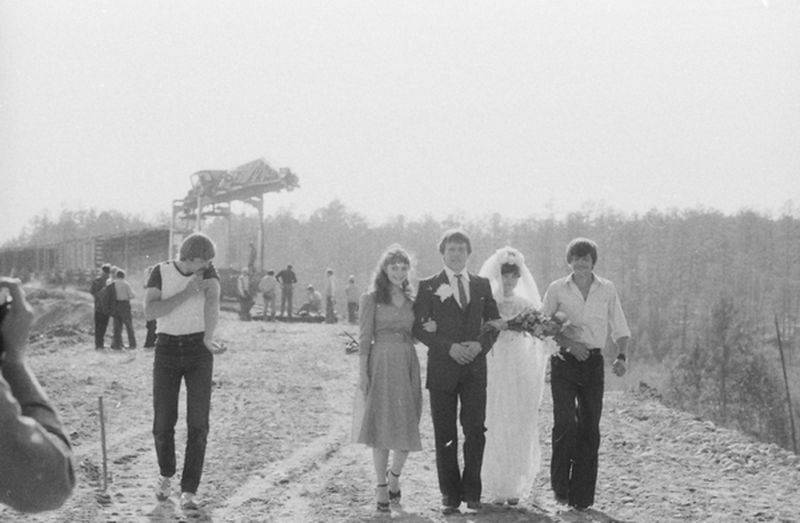
To implement a very complex project in all respects for the construction of a railway, more than half of which takes place in the permafrost zone, crosses 11 large rivers, as well as a large number of mountain ranges, could only materially stimulate the labor of people. Over the entire BAM, there are more than two thousand large and very small bridges, so the joke that BAM is bridges connected by roads has become widespread. This joke also demonstrates all the difficulties of construction and the inaccessibility of the terrain on which large-scale construction was carried out.
BAM today and the prospects of the road
Today, BAM passes about 12 to 14 million tons of cargo annually. For comparison: the Trans-Siberian Railway - about 180 million tons every year. However, the road has potential. Compared with the landslide figures of the late 1990s, when the road almost died, the cargo turnover again grew 3-4 times and there are prospects for its increase. The development of the bowels to which the railway approaches is still relevant. Before the construction of BAM, it was simply impossible. The strategic importance of the highway for the country has not disappeared anywhere. The road is located at a serious distance from the Chinese border.
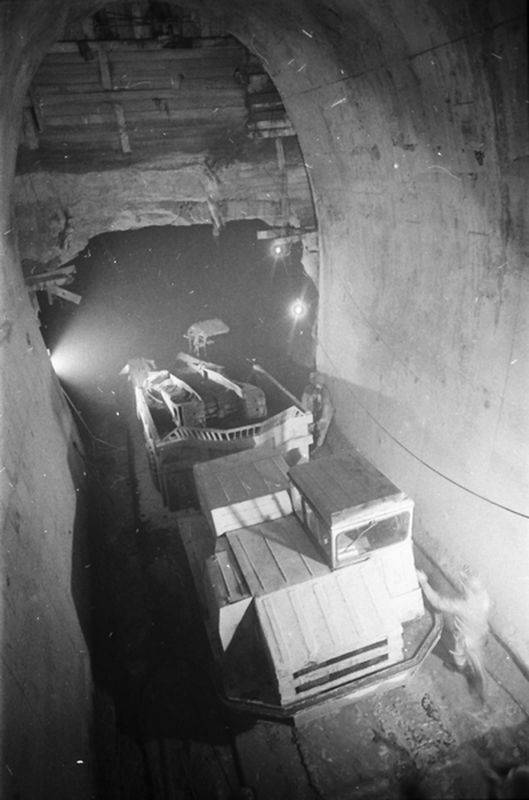
Further development of the road involves first of all the construction of the second tracks, in those areas where it is possible, and the further electrification of the road, which for the most part is served by diesel vehicles. All these works are aimed at increasing freight traffic, on which the profitability and self-sufficiency of the highway directly depends. According to the prospects voiced by the Russian government, it is planned to increase the transportation of goods through the Baikal-Amur Railway up to 30-50 million tons per year, focusing on the passage of freight trains.
At the same time, in recent years, one more has been added to the national economic and strategic functions of BAM. The road is becoming an actual transit route, and not only for special cargo or military transport. It is also important to understand that the BAM is shorter than the Trans-Siberian Railway from Taishet to the seaports: Vladivostok - 200 km, Vanino - almost 500 km, to send goods to Sakhalin, Kamchatka and Magadan - 1000 km. In recent years, BAM has been increasingly used for transporting coal, which Russia is quite actively selling to different countries on the world market.
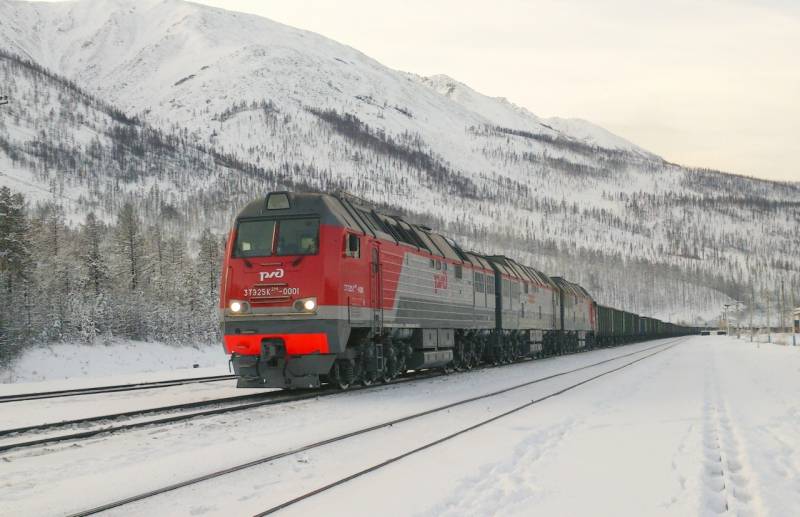
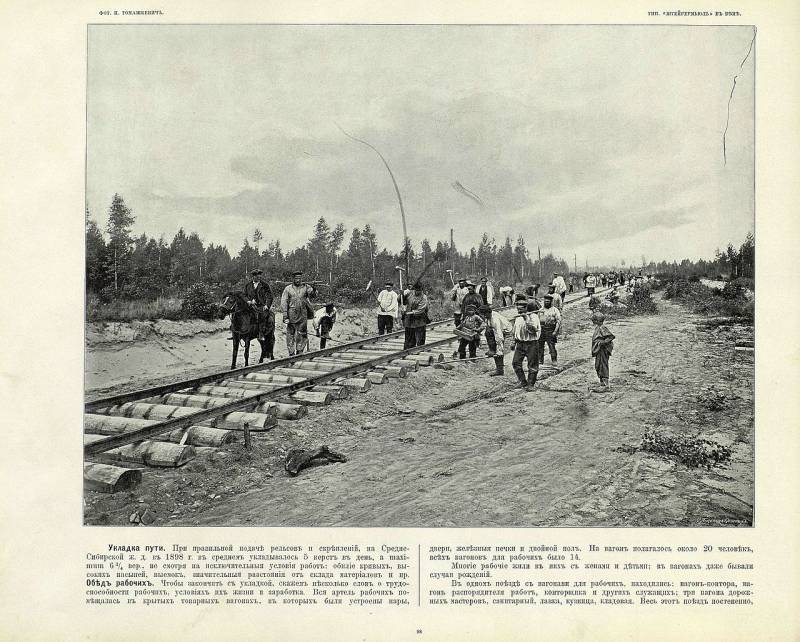
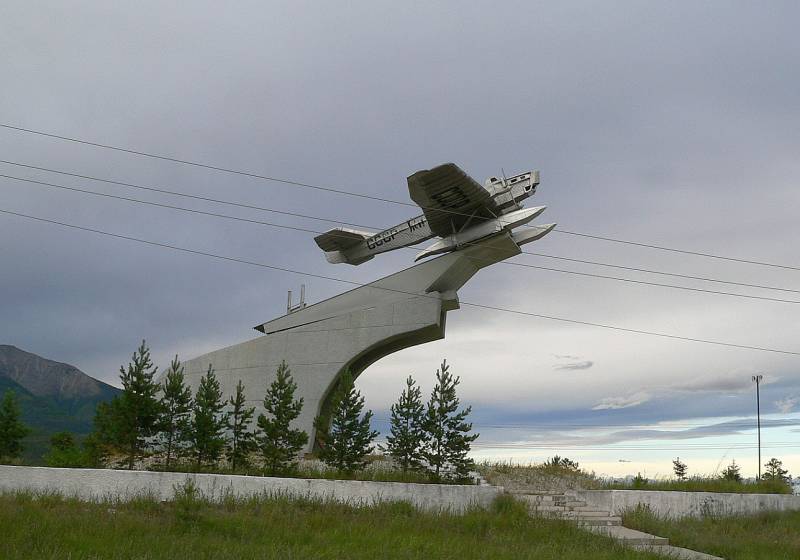
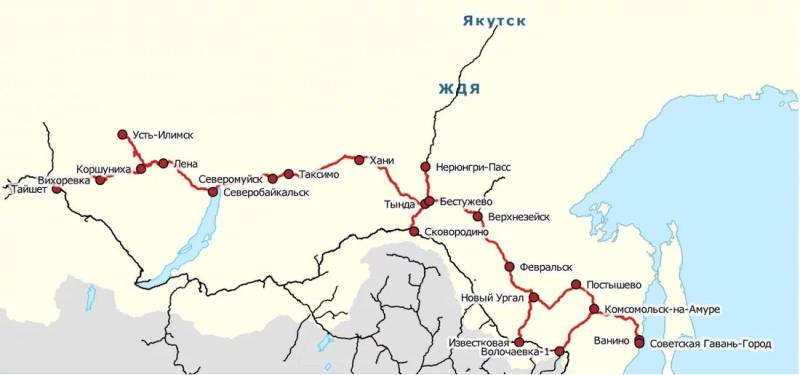
Information